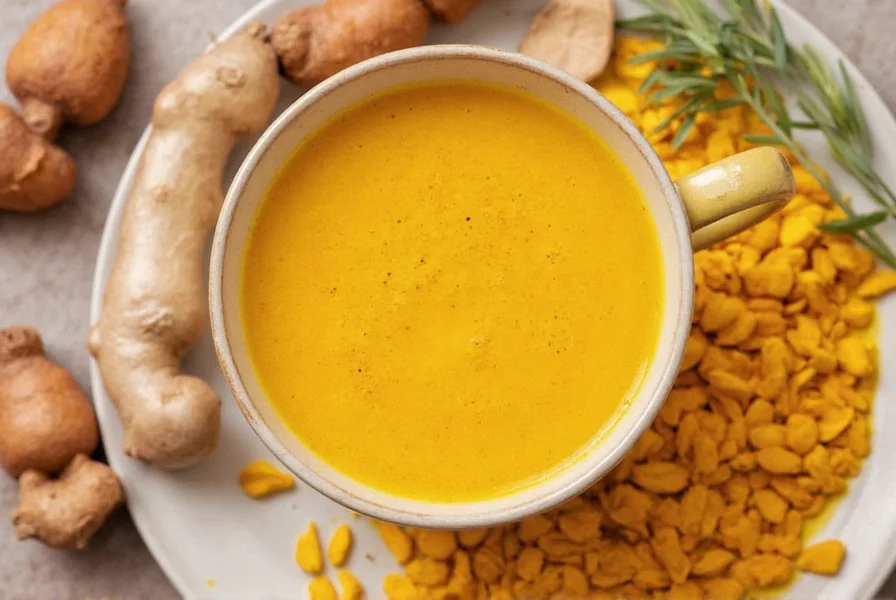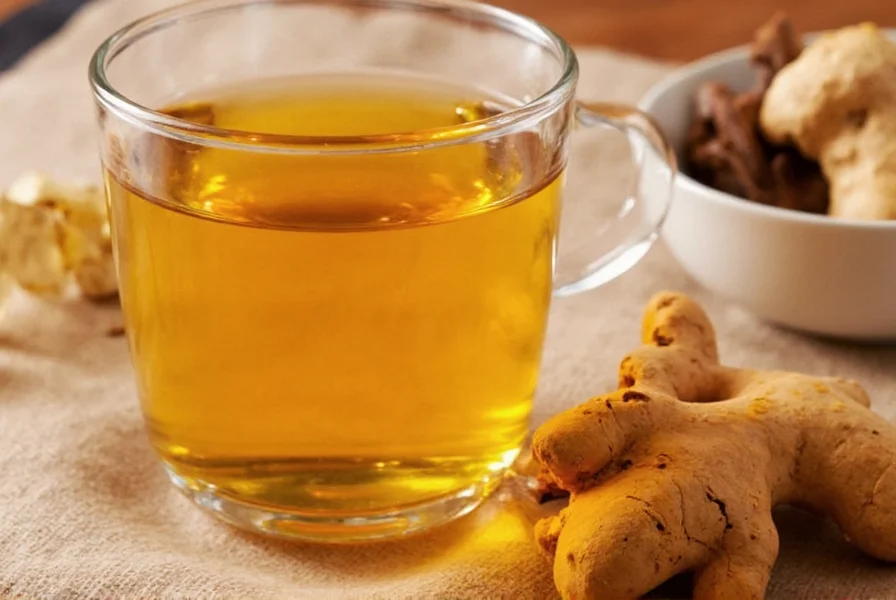For centuries, traditional medicine systems across Asia have utilized turmeric and ginger for their therapeutic properties. Modern research continues to investigate these ancient remedies, revealing promising insights about their potential health-supporting effects. This golden-hued beverage has gained popularity in Western wellness circles, but understanding what science actually says versus popular claims is essential for informed consumption.
The Active Compounds: Curcumin and Gingerols
Turmeric's primary bioactive compound, curcumin, constitutes about 2-8% of the spice and demonstrates potent anti-inflammatory effects in laboratory studies. Ginger contains gingerols and shogaols, compounds responsible for its characteristic pungency and studied biological activities. When combined in tea form, these ingredients create a synergistic beverage with enhanced bioavailability when prepared correctly.

Current Scientific Understanding of Health Benefits
Research published in Nutrients (2022) indicates that regular consumption of turmeric and ginger may support the body's natural inflammatory response. A systematic review of 14 clinical trials found modest improvements in markers of inflammation among participants consuming standardized curcumin extracts. Similarly, research in Food Science & Nutrition (2021) documented ginger's potential role in supporting digestive comfort.
It's crucial to understand that these botanicals function as dietary supports rather than medical treatments. The National Center for Complementary and Integrative Health states that while preliminary research shows promise, more rigorous human studies are needed to confirm many claimed benefits. Current evidence suggests potential supportive roles for:
| Benefit Area | Current Evidence Level | Important Considerations |
|---|---|---|
| Inflammatory response support | Moderate (human studies) | Effects are modest compared to pharmaceutical options |
| Digestive comfort | Strong (human studies) | Most effective when consumed before or after meals |
| Immune system support | Preliminary (lab studies) | No evidence it prevents or treats infections |
| Pain management | Limited (small human trials) | Should not replace prescribed pain management |
Optimal Preparation Method for Maximum Benefits
The traditional preparation method significantly impacts the tea's potential benefits. Many commercial blends lack sufficient active compounds due to improper processing. For homemade turmeric ginger tea with enhanced bioavailability:
- Use 1 teaspoon freshly grated turmeric root (or ½ tsp powder)
- Add 1 teaspoon freshly grated ginger
- Pour 8 ounces of near-boiling water over ingredients
- Simmer gently for 10 minutes (don't boil vigorously)
- Add a pinch of black pepper (enhances curcumin absorption by 2000%)
- Include healthy fat like coconut milk (further improves absorption)
This preparation method, supported by research in Phytotherapy Research, maximizes the extraction of active compounds while maintaining their stability. The addition of black pepper (containing piperine) significantly increases curcumin bioavailability, addressing one of the main limitations of turmeric consumption.

Safety Considerations and Potential Interactions
While generally safe for most adults, turmeric and ginger tea may interact with certain medications. The American Botanical Council notes potential interactions with blood thinners, diabetes medications, and certain chemotherapy drugs. Individuals with gallbladder disease should exercise caution as both ingredients may stimulate bile production.
Recommended daily limits:
- Turmeric: Up to 500-2,000 mg of curcumin (approximately 1-3 teaspoons of powder)
- Ginger: Up to 4 grams total from all sources
Pregnant women should limit ginger intake to 1 gram daily and consult their healthcare provider before regular consumption. Those scheduled for surgery should discontinue use at least two weeks beforehand due to potential blood-thinning effects.
Incorporating Turmeric Ginger Tea Into Your Wellness Routine
For optimal integration into daily life, consider these evidence-based recommendations:
- Morning consumption may support daytime inflammation management
- Consuming after meals can enhance digestive support
- Cycling usage (3 weeks on, 1 week off) may prevent tolerance development
- Pairing with healthy fats improves curcumin absorption
Quality matters significantly—choose organic, fresh ingredients when possible, as studies show higher concentrations of active compounds in non-irradiated, properly stored botanicals. The Journal of Agricultural and Food Chemistry reports that fresh turmeric contains up to 20% more curcuminoids than dried powder, though powder offers more consistent dosing.
Frequently Asked Questions
How often should I drink turmeric ginger tea for optimal benefits?
Research suggests 1-2 cups daily provides sufficient active compounds without exceeding safe limits. Consuming more than 3 cups daily may cause digestive discomfort in sensitive individuals. For therapeutic purposes, consult a healthcare provider for personalized recommendations based on your health status.
Can turmeric ginger tea help with arthritis symptoms?
Some studies indicate turmeric and ginger may support the body's natural inflammatory response, which could potentially help manage arthritis discomfort. However, they should not replace prescribed treatments. A 2020 review in Arthritis Research & Therapy noted modest improvements in pain scores among participants using curcumin supplements, but emphasized these are complementary approaches only.
Why add black pepper to turmeric ginger tea?
Black pepper contains piperine, which significantly enhances curcumin absorption. Research published in Planta Medica demonstrated that piperine can increase curcumin bioavailability by up to 2,000%. Without this addition, most curcumin passes through the digestive system unabsorbed. A mere ⅛ teaspoon of black pepper is sufficient for this effect.
What's the difference between using fresh versus powdered turmeric and ginger?
Fresh turmeric root contains higher concentrations of curcuminoids (up to 20% more than dried powder according to Journal of Agricultural and Food Chemistry), while powdered forms offer more consistent dosing. Fresh ginger contains more gingerols, but powder provides standardized potency. For therapeutic purposes, standardized extracts may be preferable, while culinary use benefits from fresh ingredients' complex flavor profiles.











 浙公网安备
33010002000092号
浙公网安备
33010002000092号 浙B2-20120091-4
浙B2-20120091-4